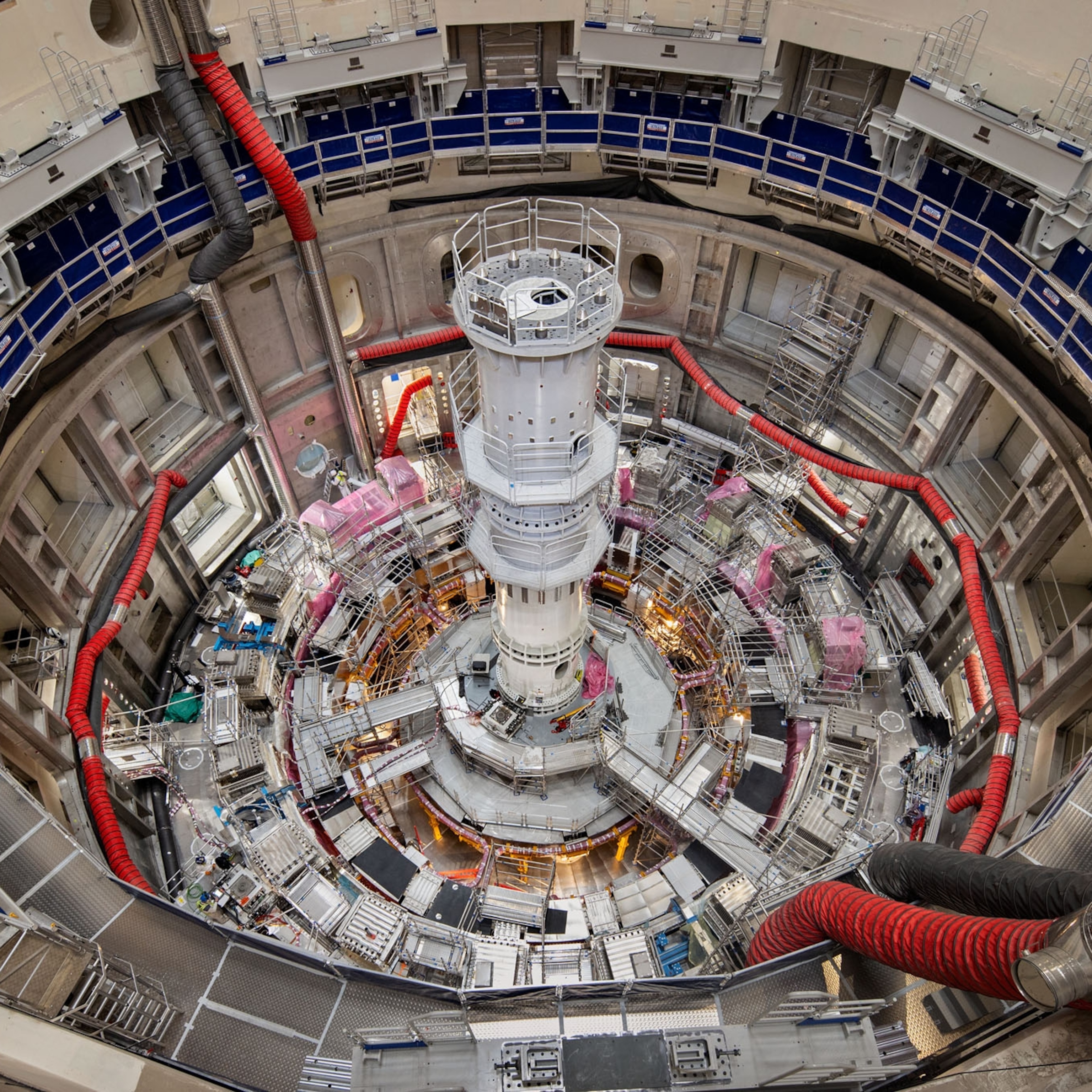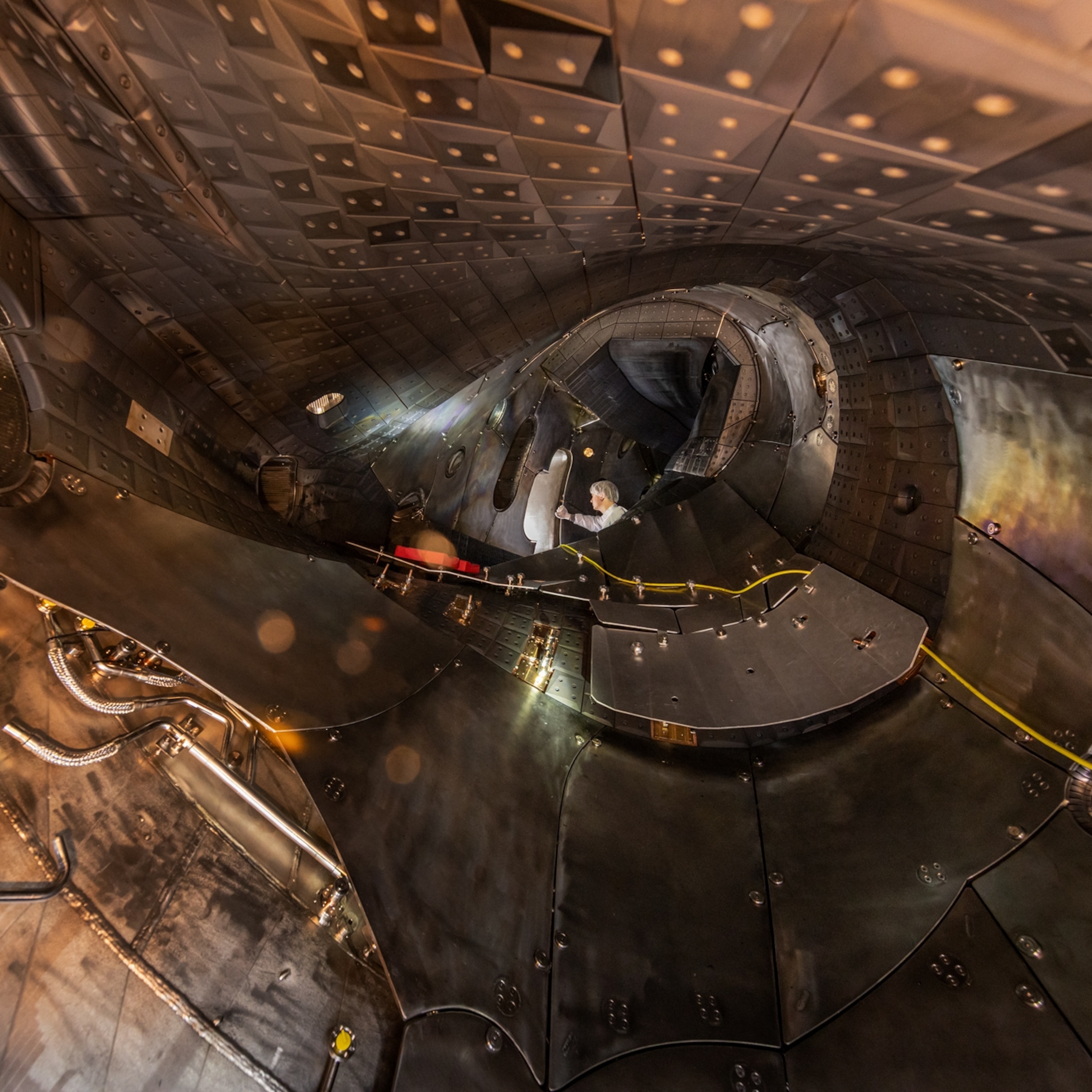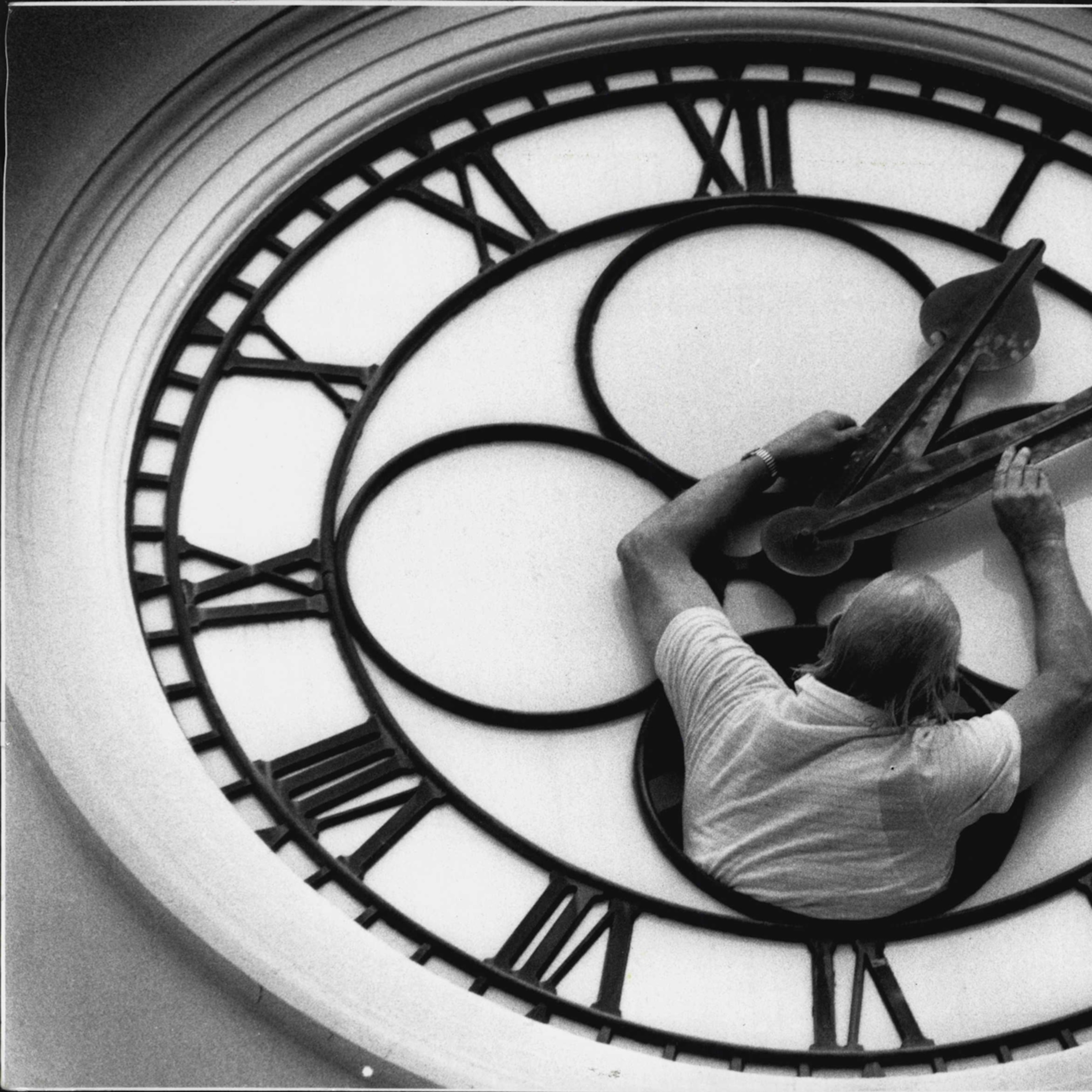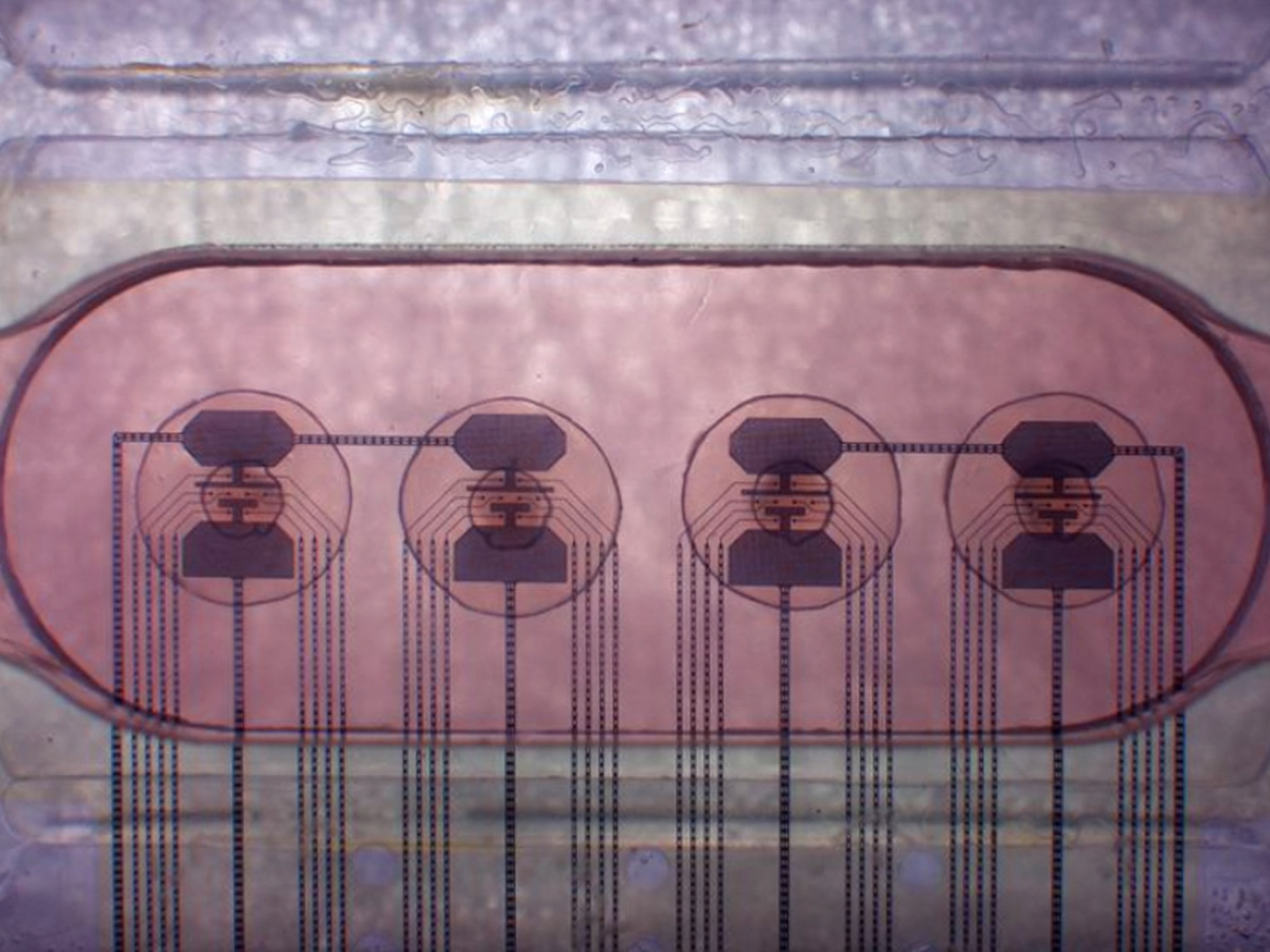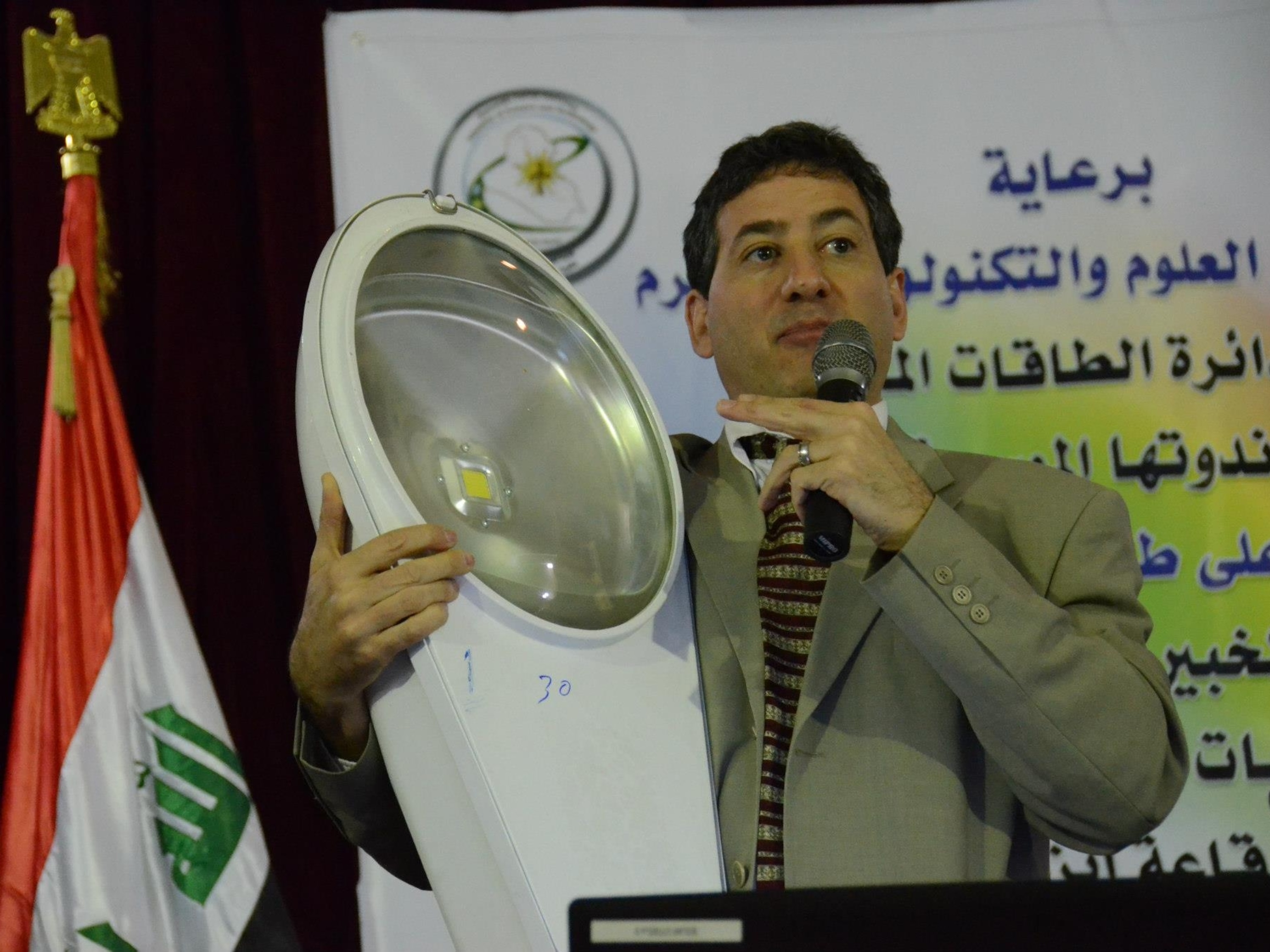
How Hidden Labyrinths Under Cities Are Becoming Clean Energy Powerhouses
Cities around the world have a secret weapon in the quest to reduce emissions and boost energy efficiency.
They course through many of the world’s biggest cities: miles of underground pipes built decades ago, ferrying steam or hot water to a network of buildings. Misty manhole covers on urban streets signal the presence of what’s known as district energy.
Widely used but rarely mentioned in conversations about how cities can slash climate-warming greenhouse gases while sustaining growth, district energy is attracting new interest. The United States alone has more than 700 of these subterranean systems, some dating back to the 1880s.
They’ve often been attached to coal- or oil-fired power plants, piping steam or water to a circuit of buildings for heating and cooling. Now many old systems are getting retrofits to deliver “green steam” generated with cleaner fuels and recovered waste heat.
“These legacy urban networks that were built back in the day by the utilities have become, fundamentally, portals for sustainable energy,” says Bill DiCroce, who leads commercial and municipal business for Veolia, a Paris-based company that operates a dozen district energy networks in North American cities including Philadelphia, Baltimore, and Montreal.
In Boston, Veolia spent $112 million to upgrade the gas-fired Kendall Station power plant in nearby Cambridge two years ago, capturing waste heat that was going into the Charles River and instead funneling it into a new 7,000-foot pipeline to Boston. The project removes 475,000 tons of greenhouse gas emissions from the air— the equivalent of taking about 80,000 cars off the road.
Other combined heat and power (CHP) systems use tree trimmings, household waste, and other biomass to generate electricity, capturing the surplus heat in the process and delivering it to customers.
For businesses, tapping into district energy often makes good financial sense. At Boston’s Faneuil Hall Marketplace, district steam gets converted into hot-water heat for its buildings. “It’s a lot cheaper” to buy energy from that system, says operations manager Chris Sherman, “than it is for me to actually have to maintain a piece of equipment that would heat enough water or steam to keep these buildings going.”
In Massachusetts, DiCroce says, state tax credits for CHP have helped boost the concept. Still, he says, “we have to make the economics work so you'll buy the energy from us, rather than make it yourself,” Veolia’s DiCroce says.
A report last year from the United Nations Environment Programme said 45 “champion cities” including Oslo and Tokyo used district energy to cut primary energy use 30 to 50 percent. In Copenhagen, the report says, recycling waste heat has saved energy that’s equivalent to 1.4 million barrels of oil each year.
Taxes on carbon pollution in Denmark and other countries have helped bolster district energy. In Copenhagen, 97 percent of the city’s 35,000 buildings draw heat not from boilers or furnaces but from an underground network, according to the International District Energy Association (IDEA). The Danish engineering firm Ramboll, which helped build Copenhagen’s network, is now working on expansions to that system and has built others in more than 25 countries.
“There has been some resurgence, investment, and renewal in the district energy industry in the last 10, 15 years,” says Rob Thornton, president and CEO of the International District Energy Association. He says district cooling projects are getting “dramatic investment” in the Middle East, while Denmark and other countries are integrating solar farms to heat water for distribution.
Beyond municipal projects, many universities and hospitals are investing in similar systems as part of microgrids that can keep going when power elsewhere goes out. Princeton, for example, kept running when Hurricane Sandy knocked out surrounding energy supplies in 2012.
Many American cities have seen the downside of old steam systems: leaks and explosions. In 2014, for example, a burst pipe shut down Boston’s New England Aquarium for a day, while in 2007 an explosion in midtown Manhattan’s Con Edison-run system killed one person and injured more than 30 others.
Veolia says such incidents are rare and that it has invested in upgrades and maintenance to prevent them. Faneuil Hall’s Sherman says that whenever he spots evidence of a problem, “it’s an immediate phone call” to Veolia: “Maintenance is really key.”
To avoid those problems, some places have converted their systems to hot water. Pernille Overbye, managing director of Canadian district energy at Ramboll, says hot water systems are safer and more reliable than steam. Compared to water, she says, “it takes a long time for a steam system to get back up in operation” when there’s a power outage.
Overbye says that district energy has been slower to take off in North America, because it’s driven mainly by private investment. But the U.S. Department of Energy is supporting more district energy with a technical assistance program and possible loan guarantees.
The Energy Secretary himself recognizes the opportunities that lie within networks that go as far back as Thomas Edison’s grid. Thornton says he and Ernest Moniz talked recently about it. “He said, ‘Oh Rob, district energy: back to the future,’” Thornton recalls. “We've become ... new again.”
The story is part of a special series that explores energy issues. For more, visit The Great Energy Challenge.
On Twitter: Follow Christina Nunez and get more environment and energy coverage at NatGeoEnergy.

